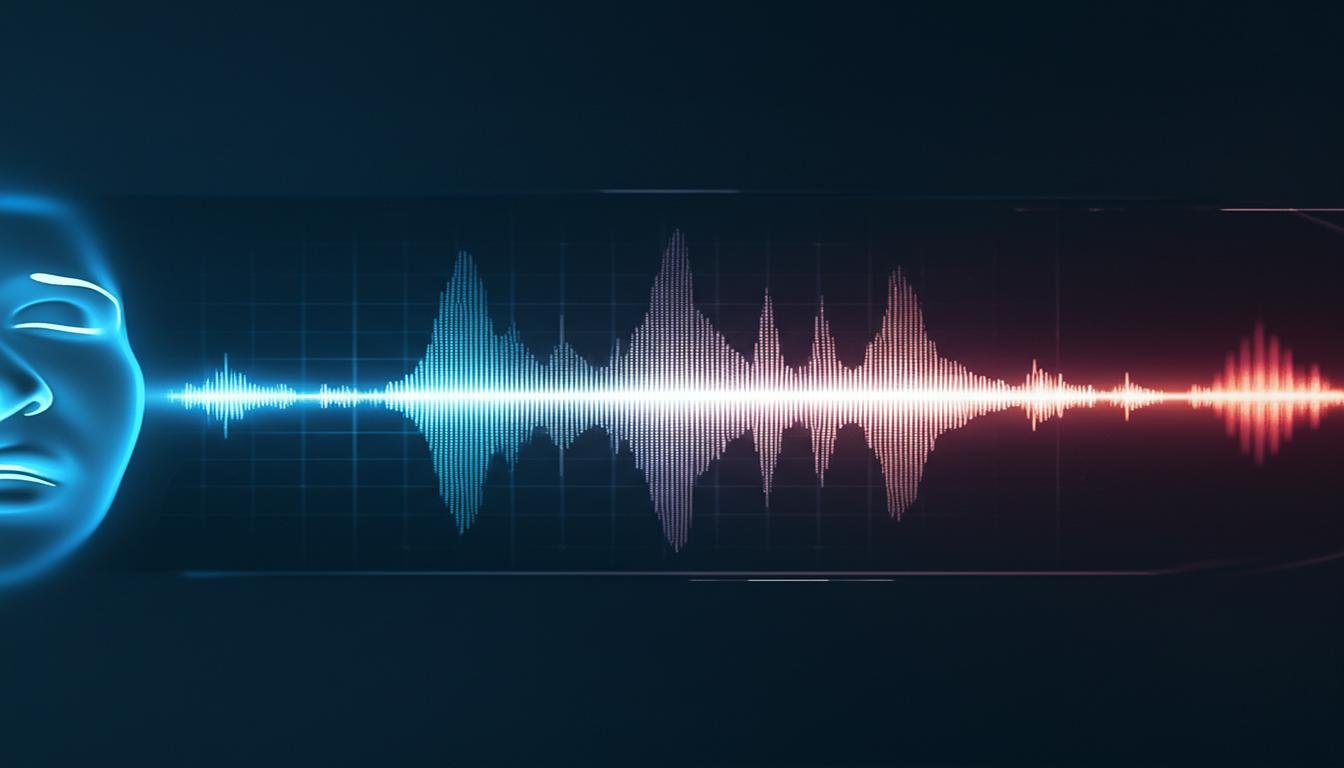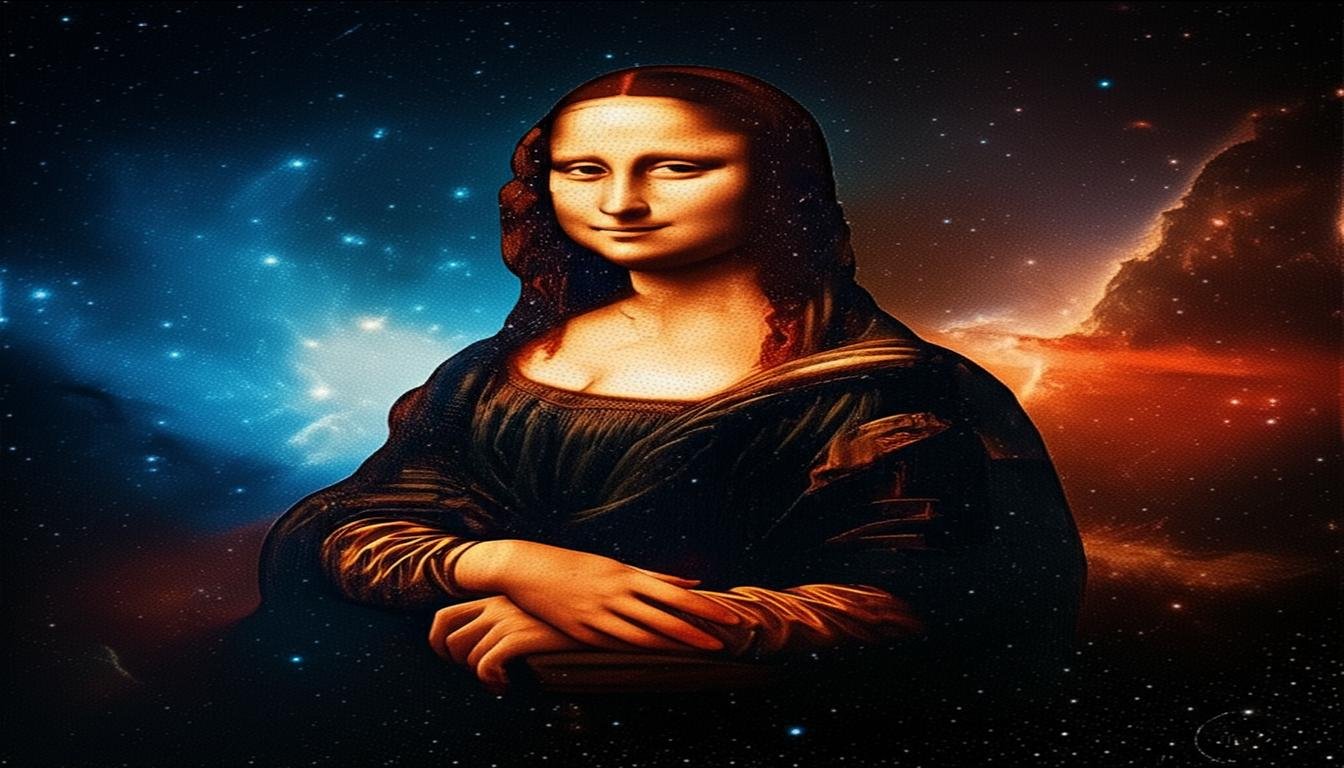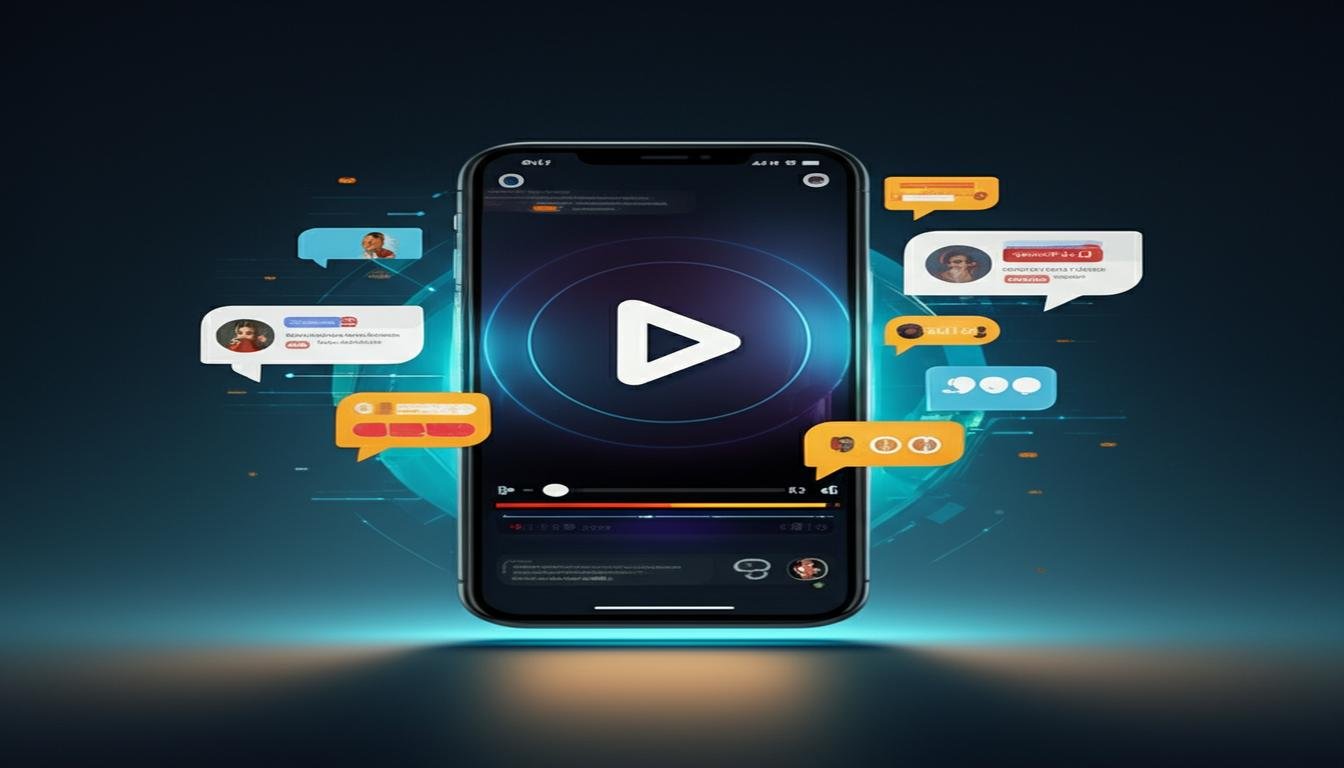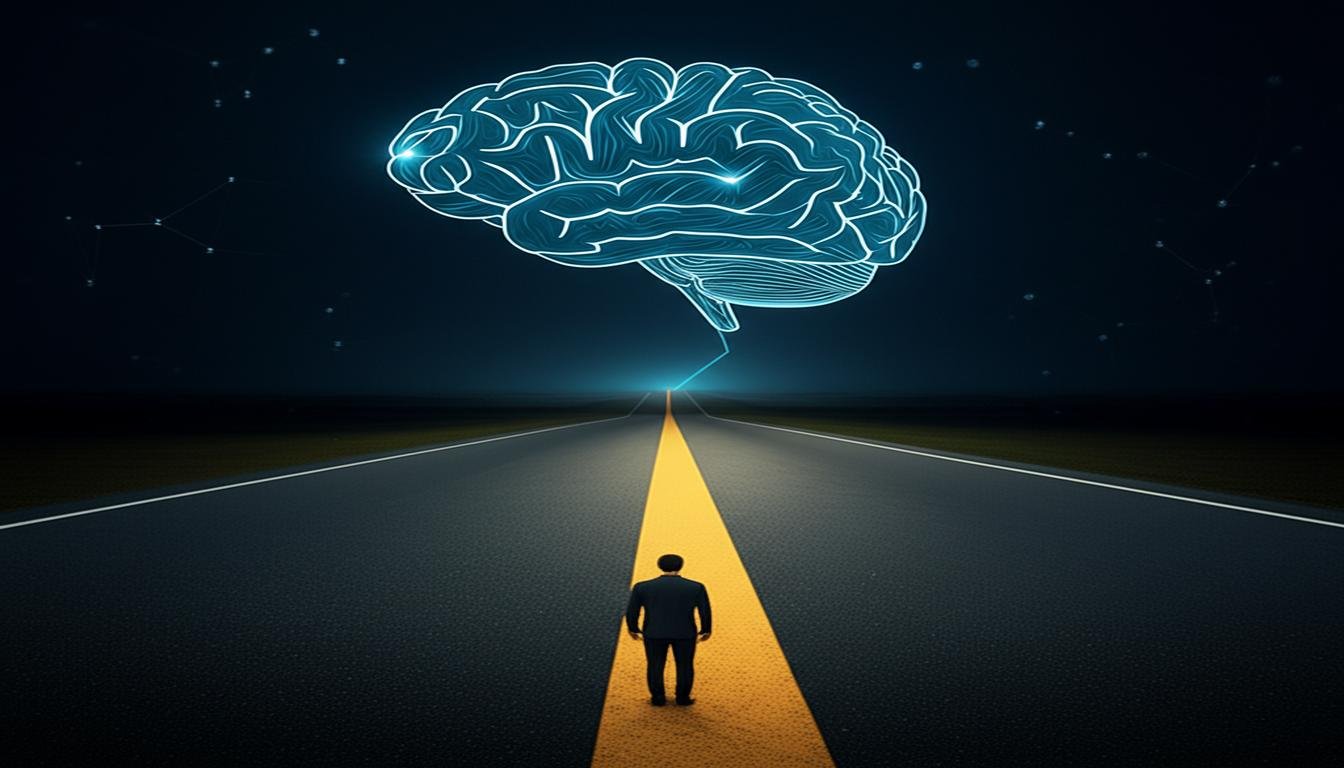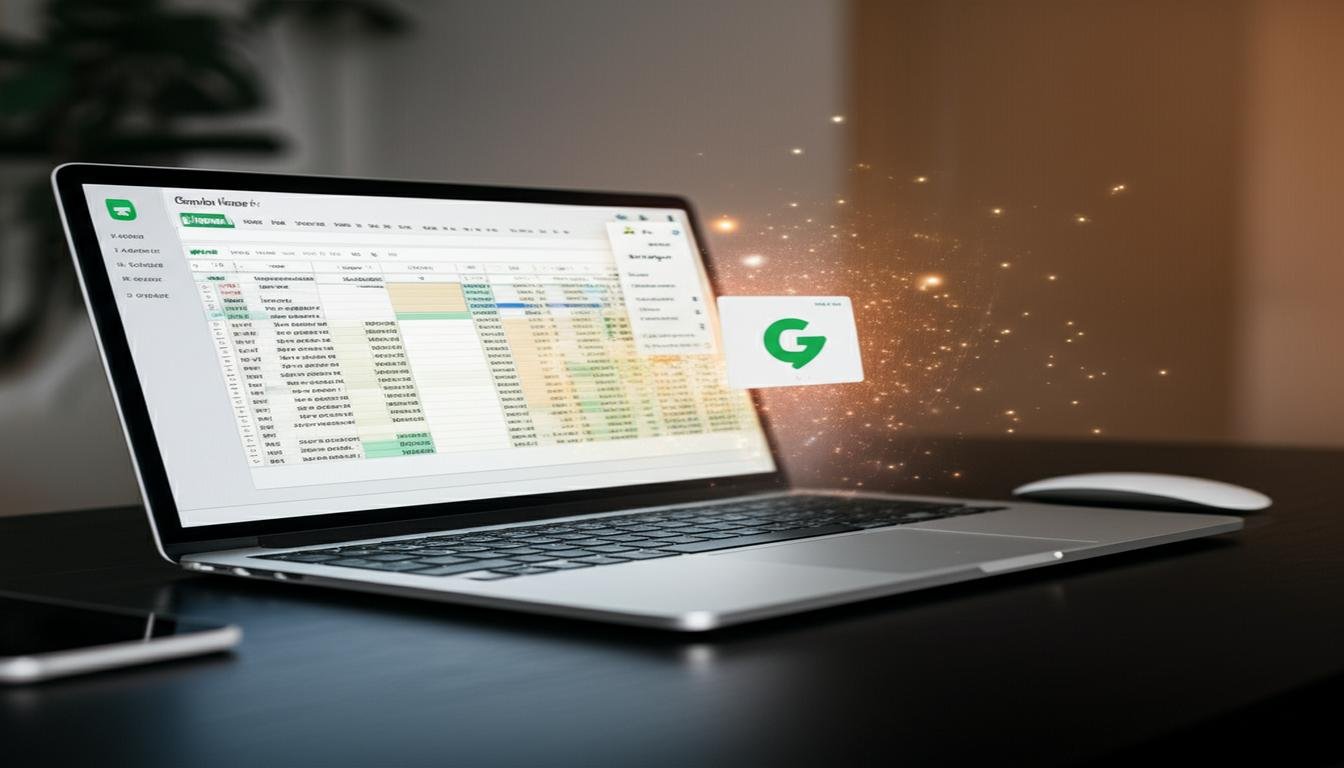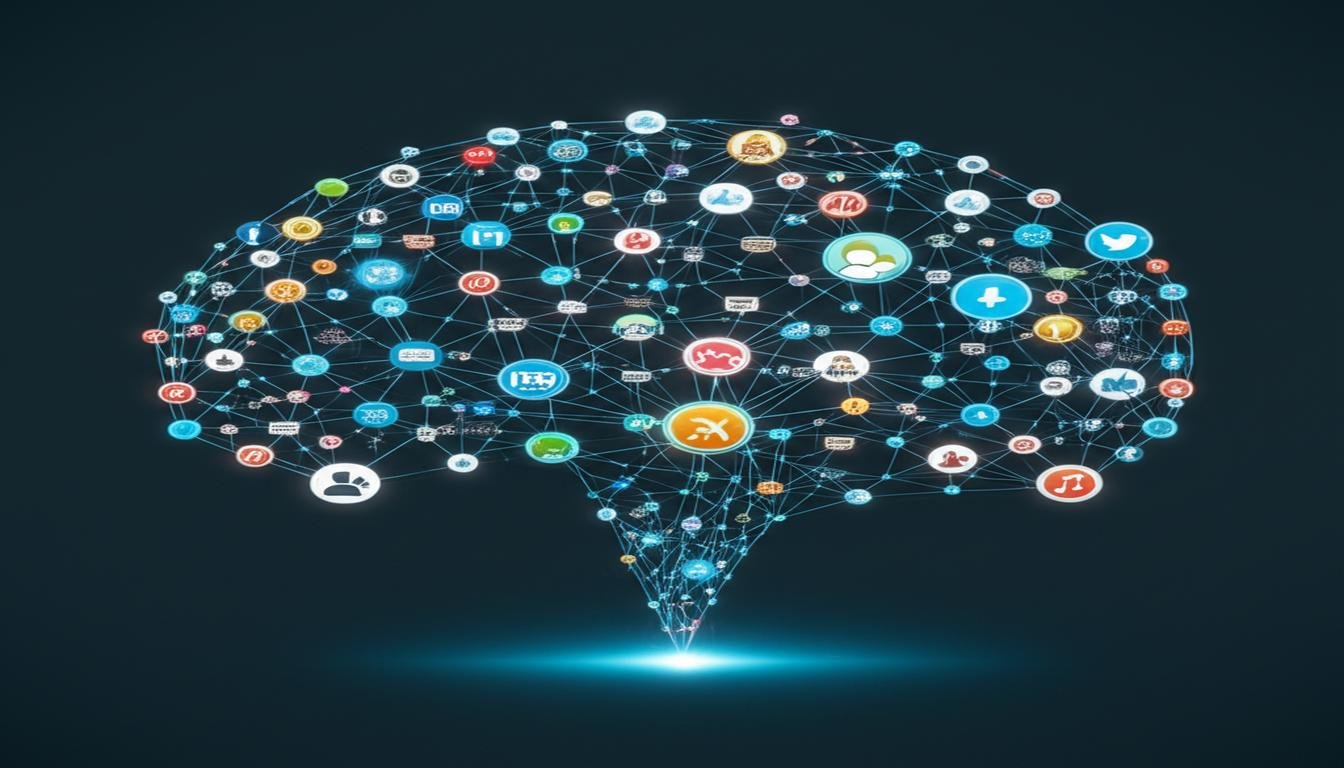Ever scrolled through your feed and done a double-take? Maybe you saw a video of someone famous saying something totally out of character, or a clip that just felt…off? You’re not alone. While AI is doing some truly incredible things, there’s a side to it that’s, frankly, a little unnerving. And when it comes to visual media, especially “real footage,” things get downright creepy. We’re talking about the kind of stuff that makes you question everything you see.
When AI Gets Too Real
Think about it: AI can now paint like Rembrandt, compose music like Beethoven, and even write stories that feel genuinely human. That’s amazing! But what happens when that same technology is used to create visuals and audio that are so perfect, so indistinguishable from reality, that they fool even the most discerning eye?
We’ve officially entered what some call the “uncanny valley” – that unsettling feeling we get when something looks almost, but not quite, human. For AI, it’s when digital creations get so good, they stop being impressive and start being genuinely unsettling. And nowhere is this more evident than with something called deepfakes.
The Deepfake Phenomenon: Beyond Imagination
Remember those early days when AI-generated videos looked clunky, almost like a bad Photoshop job? Well, strap in, because we’ve officially crossed into uncanny territory. Deepfakes are synthetic media where a person in an existing image or video is replaced with someone else’s likeness. It’s not just a fancy filter; it’s sophisticated artificial intelligence manipulating real footage or creating entirely new, hyper-realistic scenes.
The AI studies countless hours of source material – videos, images, audio – of a target person. Then, it learns to mimic their facial expressions, their speech patterns, their head movements. The result? A new video where that person appears to be saying or doing something they never did, all seamlessly grafted onto existing “real footage.” It’s mind-bending, and honestly, a bit chilling.
The Chilling Examples That Made Us Double-Take
You might have already seen some of these without even realizing it. The creepiest part is how convincing they’ve become:
That “Obamas” Video
One of the earliest and most famous examples involved a deepfake of former President Barack Obama. It showed him seemingly saying things he never actually uttered, all while perfectly mimicking his voice and mannerisms. It was an early warning shot, demonstrating just how powerful – and potentially dangerous – this technology could be. The footage looked authentic, his voice sounded real, and it was hard to argue with what you were “seeing” him do.
AI Voice Clones and Their Echoes
It’s not just video. AI can now perfectly clone a person’s voice from just a few seconds of audio. Imagine getting a phone call from what sounds exactly like your boss, your parent, or a close friend, asking for something unusual or urgent. Except, it’s not them at all. This kind of audio deepfake can be used to bypass voice recognition security, spread misinformation, or even facilitate scams. The realism is truly disturbing.
The Uncanny Valley in Robotics
While not strictly “footage,” think about the advancements in humanoid robots. When their movements are too stiff, they’re clearly robots. But as they get closer to human-like fluidity and expression, yet still fall short of truly being alive, they trigger that deep sense of unease. Seeing a robot perfectly mimic human expressions, but with a slight, almost imperceptible delay or unnaturalness, can be far creepier than a clunky, obviously mechanical one. It reminds us of AI pushing the boundaries of what’s real and what’s simulated.
Why This is More Than Just a Prank
The ability of AI to create hyper-realistic fake footage isn’t just a fun party trick. It has some serious implications:
- Misinformation Spread: Imagine a deepfake video of a world leader making a controversial statement they never made, potentially sparking global incidents.
- Erosion of Trust: When anything can be faked, it becomes harder to trust what we see and hear online, creating a breeding ground for doubt and cynicism.
- Identity Theft and Fraud: Voice clones and video deepfakes could be used to impersonate individuals for financial gain or malicious purposes.
How to Spot the Fakes (and Stay Safe)
While AI is getting smarter, there are still ways to protect yourself from getting fooled by creepy AI footage:
- Look for Inconsistencies: Pay attention to subtle details. Do their eyes blink naturally? Are their shadows correct? Is the lighting consistent? Sometimes, the edges around a person might look a bit fuzzy, or their hair might seem unnatural.
- Check the Source: Always ask where the video or audio originated. Is it from a reputable news organization, or a questionable social media account?
- Trust Your Gut: If something feels “off” or too good/bad to be true, it probably is. Take a moment to pause and investigate before believing or sharing.
- Cross-Reference Information: If it’s a major news story, check if other credible sources are reporting the same thing with actual, verifiable evidence.
So, there you have it. The creepiest thing AI has done yet? It’s making us question reality itself. The lines between what’s real and what’s digitally generated are blurring, and it’s a wild, unsettling ride. But by staying aware and being a little skeptical, we can navigate this new digital landscape. Keep your eyes peeled, your ears open, and your critical thinking cap on!



